A sneak peek into the world of Kannada theatre shows that the current flavour is comedy. DNA talks to thespians on what makes comedy an instant hit with audiences
The play-watching culture of the city is seeing a different shift, that of comedy ruling the roost — hold your breath — especially in Kannada theatre scene. Simply because with the stresses and strains making life a tad-bit melodramatic, people want to "sit back and have a hearty laugh". Of course, it is full paisa vasool, if the play leaves you with a belly ache — thanks to all that non-stop laughing. And theatre professionals are recognising this need for "wholesome comedy" or "drawing room comedy" and giving the audience what they want.
Hence, the spurt of comedy plays. But, some would tell you that comedy has always been an integral part of Kannada plays, "It has always had a strong comedy culture, even if it isn't an out and out comedy, the sub-plot will explore the comic theme," says Laxmi Chandrashekar, founder, Kriyative theatre. The teacher-writer-actor points out why Kannada comedy is a quick hit with the audience, "Humour is a cultural thing. Unless you grasp a joke immediately its flavour is lost, and it most definitely has to do with culture of that place." Hence, while we may not find as many English comedy plays being enacted in the city, there is a good amount being played out in the Kannada.
But, then it isn't a new thing for many. Gauri Dattu, principal, Abhinaya Taranga, a theatre school, says,"Long back 'drawing-room comedy' was enacted in Kannada theatre, then there was this thought that 'serious theatre' should also be performed, only then comedy took a back sit." Echoing similar sentiments as her peers, she says, "People want comedy, everytime we have a performance, we get calls inquiring if the play is a comedy." Theatre groups are realising the potential of a good 'wholesome comedy', the pit-falls surely are the 'below the belt' kind of comedy that is easy to churn out, but professionals say there is a section that such comedies appeal to — families want something some substantial and they are getting it.
Yet, it is incomplete without Master Hirannaiha, referred to as the 'One man army' he is one comic artist, stand-up comedian generations have grown up watching.
Master Hirannaiha, a veteran stand-up comedian, who is recovering from a slip disc, did not mind talking about his art. He feels that the two forms Sringhara and Haasya can never die, recalling the famous lines of the bard he says "Life's a stage," adding that while the former is needed to maintain a certain appearance to conform to the society, the latter is "the safest weapon to approach the toughest of situations."
Often known to take on the politicians, his comedy drama — Lanchavatara — exposes every form of bribe — and to this date it is a comedy that is etched in the minds of young and old alike.
So much so, that the doctor who came to wait on the comedian couldn't resist mentioning that he has a DVD of the drama. In his long career, though, he says he's maintained one thing — "Humour should not be used to hurt anyone’s feeling." Speaking of the power of wit, he says, "As a humourist, my profession gives me an opportunity to point out the wrongs of the society — even politicians and the working of the government." He has used his art to get the message across. Political satire is his forte. But, he warns humourists to not misuse it.
And he says a true humourist is one who is able to laugh at himself. But, today, with so much going wrong, even a humourist can do so much.
Sheer entertainment that humour or comedy generates is what appeals to the masses at large.
All's not well though, scripts are hard to come by, but Balaji says, "A playwright can't be blamed for it, because there is no culture of commissioning a play, hence, most of what is being used is either written a while back or improvisions are done to fit the present scenario." TP Kailasam's writings are time tested, his writing mirrored the society, it is a kind of criticism of the society that is connects with the audience.
In fact, Chandrashekar says, "If a Kailasam play is being performed, it is enough to draw the crowds." Balaji says it is the "touch of nostalgia that also draws people, if your parents have watched it, they want you to watch it with you."
So, what is it that clicks in Kannada comedy theatre and may be a struggle in English. "The timing is of prime importance," says Chandrashekar. Balaji adds, "it has gone beyond just timing — which of course is important, but today it is also about the text, context and the references you use." He puts it in perspective with an easy example, "If we were to use Nithyananda or the political scandals after three years, they will lose the context."
Well, its good while it lasts, but another interesting aspect is some of the groups are trying to capitalise on a larger crowd, producing bi-linguals or even doing translations. "It is about good comedy, and with a translation, we are able to draw non-kannada speakers." One of her plays Aadaddellaolithe is a hit and the translated version — All's well also got great response. To keep the humour, which can be lost in translation, she says, we try to keep a few phrases in the original language that way, it doesn't sound flat. And non-Kannada speakers can still grasp the meaning because of the stage setting or the context."
![submenu-img]() Big update on Pakistan's first-ever Moon mission and it has this China connection...
Big update on Pakistan's first-ever Moon mission and it has this China connection...![submenu-img]() 2024 Maruti Suzuki Swift officially teased ahead of launch, bookings open at price of Rs…
2024 Maruti Suzuki Swift officially teased ahead of launch, bookings open at price of Rs…![submenu-img]() 'Kyun bhai kyun?': Sheezan Khan slams actors in Sanjay Leela Bhansali's Heeramandi, says 'nobody could...'
'Kyun bhai kyun?': Sheezan Khan slams actors in Sanjay Leela Bhansali's Heeramandi, says 'nobody could...'![submenu-img]() Meet Jai Anmol, his father had net worth of over Rs 183000 crore, he is Mukesh Ambani’s…
Meet Jai Anmol, his father had net worth of over Rs 183000 crore, he is Mukesh Ambani’s…![submenu-img]() Shooting victim in California not gangster Goldy Brar, accused of Sidhu Moosewala’s murder, confirm US police
Shooting victim in California not gangster Goldy Brar, accused of Sidhu Moosewala’s murder, confirm US police![submenu-img]() DNA Verified: Is CAA an anti-Muslim law? Centre terms news report as 'misleading'
DNA Verified: Is CAA an anti-Muslim law? Centre terms news report as 'misleading'![submenu-img]() DNA Verified: Lok Sabha Elections 2024 to be held on April 19? Know truth behind viral message
DNA Verified: Lok Sabha Elections 2024 to be held on April 19? Know truth behind viral message![submenu-img]() DNA Verified: Modi govt giving students free laptops under 'One Student One Laptop' scheme? Know truth here
DNA Verified: Modi govt giving students free laptops under 'One Student One Laptop' scheme? Know truth here![submenu-img]() DNA Verified: Shah Rukh Khan denies reports of his role in release of India's naval officers from Qatar
DNA Verified: Shah Rukh Khan denies reports of his role in release of India's naval officers from Qatar![submenu-img]() DNA Verified: Is govt providing Rs 1.6 lakh benefit to girls under PM Ladli Laxmi Yojana? Know truth
DNA Verified: Is govt providing Rs 1.6 lakh benefit to girls under PM Ladli Laxmi Yojana? Know truth![submenu-img]() Remember Heyy Babyy's cute 'Angel' Juanna Sanghvi? 20 year-old looks unrecognisable now, fans say 'her comeback will...'
Remember Heyy Babyy's cute 'Angel' Juanna Sanghvi? 20 year-old looks unrecognisable now, fans say 'her comeback will...'![submenu-img]() In pics: Arti Singh stuns in red lehenga as she ties the knot with beau Dipak Chauhan in dreamy wedding
In pics: Arti Singh stuns in red lehenga as she ties the knot with beau Dipak Chauhan in dreamy wedding![submenu-img]() Actors who died due to cosmetic surgeries
Actors who died due to cosmetic surgeries![submenu-img]() See inside pics: Malayalam star Aparna Das' dreamy wedding with Manjummel Boys actor Deepak Parambol
See inside pics: Malayalam star Aparna Das' dreamy wedding with Manjummel Boys actor Deepak Parambol ![submenu-img]() In pics: Salman Khan, Alia Bhatt, Rekha, Neetu Kapoor attend grand premiere of Sanjay Leela Bhansali's Heeramandi
In pics: Salman Khan, Alia Bhatt, Rekha, Neetu Kapoor attend grand premiere of Sanjay Leela Bhansali's Heeramandi![submenu-img]() DNA Explainer: Why Harvey Weinstein's rape conviction was overturned, will beleaguered Hollywood mogul get out of jail?
DNA Explainer: Why Harvey Weinstein's rape conviction was overturned, will beleaguered Hollywood mogul get out of jail?![submenu-img]() What is inheritance tax?
What is inheritance tax?![submenu-img]() DNA Explainer: What is cloud seeding which is blamed for wreaking havoc in Dubai?
DNA Explainer: What is cloud seeding which is blamed for wreaking havoc in Dubai?![submenu-img]() DNA Explainer: What is Israel's Arrow-3 defence system used to intercept Iran's missile attack?
DNA Explainer: What is Israel's Arrow-3 defence system used to intercept Iran's missile attack?![submenu-img]() DNA Explainer: How Iranian projectiles failed to breach iron-clad Israeli air defence
DNA Explainer: How Iranian projectiles failed to breach iron-clad Israeli air defence![submenu-img]() 'Kyun bhai kyun?': Sheezan Khan slams actors in Sanjay Leela Bhansali's Heeramandi, says 'nobody could...'
'Kyun bhai kyun?': Sheezan Khan slams actors in Sanjay Leela Bhansali's Heeramandi, says 'nobody could...'![submenu-img]() Meet actress who once competed with Aishwarya Rai on her mother's insistence, became single mother at 24, she is now..
Meet actress who once competed with Aishwarya Rai on her mother's insistence, became single mother at 24, she is now..![submenu-img]() Makarand Deshpande says his scenes were cut in SS Rajamouli’s RRR: ‘It became difficult for…’
Makarand Deshpande says his scenes were cut in SS Rajamouli’s RRR: ‘It became difficult for…’![submenu-img]() Meet 70s' most daring actress, who created controversy with nude scenes, was rumoured to be dating Ratan Tata, is now...
Meet 70s' most daring actress, who created controversy with nude scenes, was rumoured to be dating Ratan Tata, is now...![submenu-img]() Meet superstar’s sister, who debuted at 57, worked with SRK, Akshay, Ajay Devgn; her films earned over Rs 1600 crore
Meet superstar’s sister, who debuted at 57, worked with SRK, Akshay, Ajay Devgn; her films earned over Rs 1600 crore![submenu-img]() IPL 2024: Spinners dominate as Punjab Kings beat Chennai Super Kings by 7 wickets
IPL 2024: Spinners dominate as Punjab Kings beat Chennai Super Kings by 7 wickets![submenu-img]() Australia T20 World Cup 2024 squad: Mitchell Marsh named captain, Steve Smith misses out, check full list here
Australia T20 World Cup 2024 squad: Mitchell Marsh named captain, Steve Smith misses out, check full list here![submenu-img]() SRH vs RR, IPL 2024: Predicted playing XI, live streaming details, weather and pitch report
SRH vs RR, IPL 2024: Predicted playing XI, live streaming details, weather and pitch report![submenu-img]() SRH vs RR IPL 2024 Dream11 prediction: Fantasy cricket tips for Sunrisers Hyderabad vs Rajasthan Royals
SRH vs RR IPL 2024 Dream11 prediction: Fantasy cricket tips for Sunrisers Hyderabad vs Rajasthan Royals ![submenu-img]() IPL 2024: Marcus Stoinis, Mohsin Khan power Lucknow Super Giants to 4-wicket win over Mumbai Indians
IPL 2024: Marcus Stoinis, Mohsin Khan power Lucknow Super Giants to 4-wicket win over Mumbai Indians![submenu-img]() Viral video: Man's 'peek-a-boo' moment with tiger sends shockwaves online, watch
Viral video: Man's 'peek-a-boo' moment with tiger sends shockwaves online, watch![submenu-img]() Viral video: Desi woman's sizzling dance to Jacqueline Fernandez’s ‘Yimmy Yimmy’ burns internet, watch
Viral video: Desi woman's sizzling dance to Jacqueline Fernandez’s ‘Yimmy Yimmy’ burns internet, watch![submenu-img]() Viral video: Men turn car into mobile swimming pool, internet reacts
Viral video: Men turn car into mobile swimming pool, internet reacts![submenu-img]() Meet Youtuber Dhruv Rathee's wife Julie, know viral claims about her and how did the two meet
Meet Youtuber Dhruv Rathee's wife Julie, know viral claims about her and how did the two meet![submenu-img]() Viral video of baby gorilla throwing tantrum in front of mother will cure your midweek blues, watch
Viral video of baby gorilla throwing tantrum in front of mother will cure your midweek blues, watch
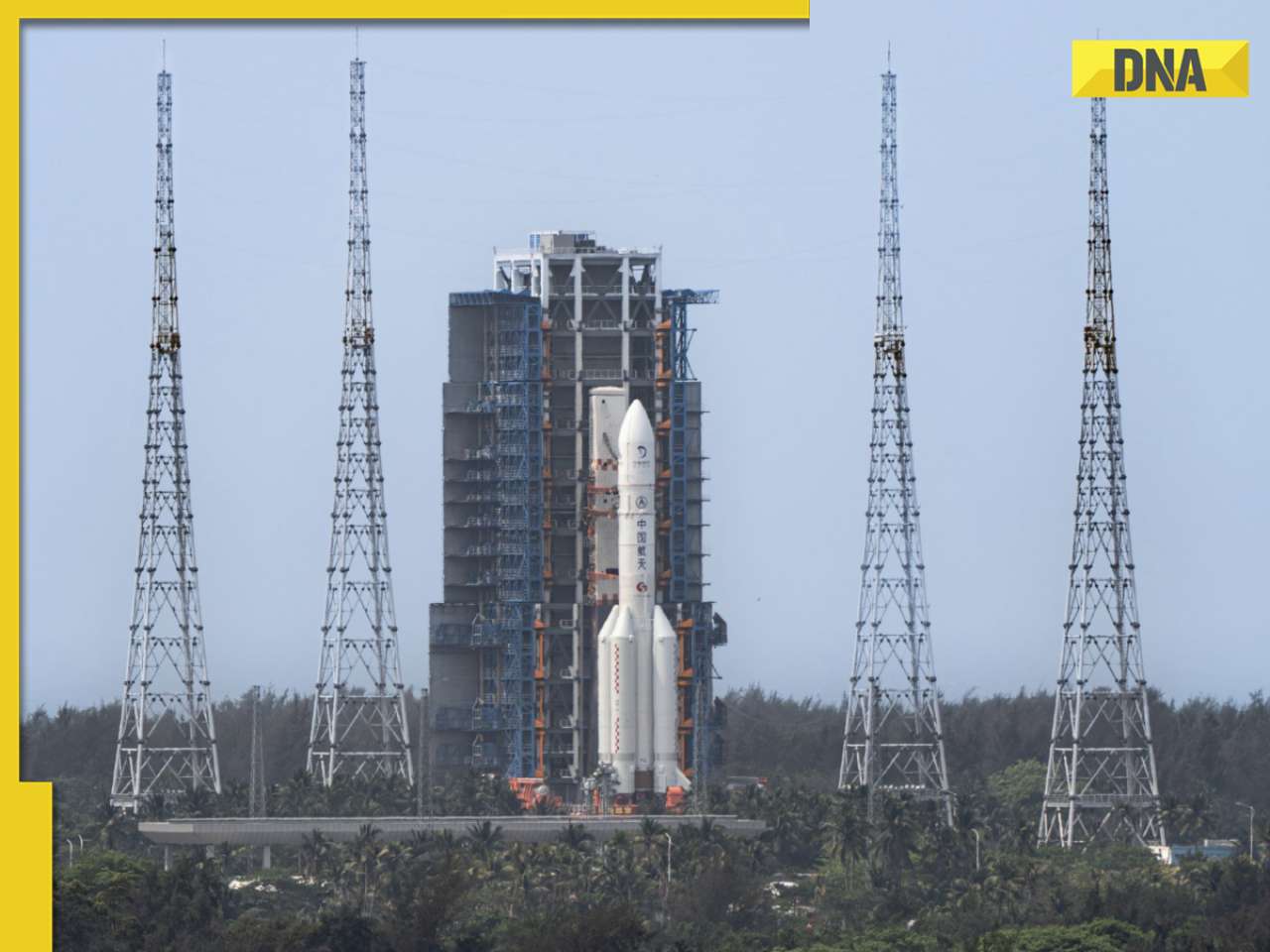



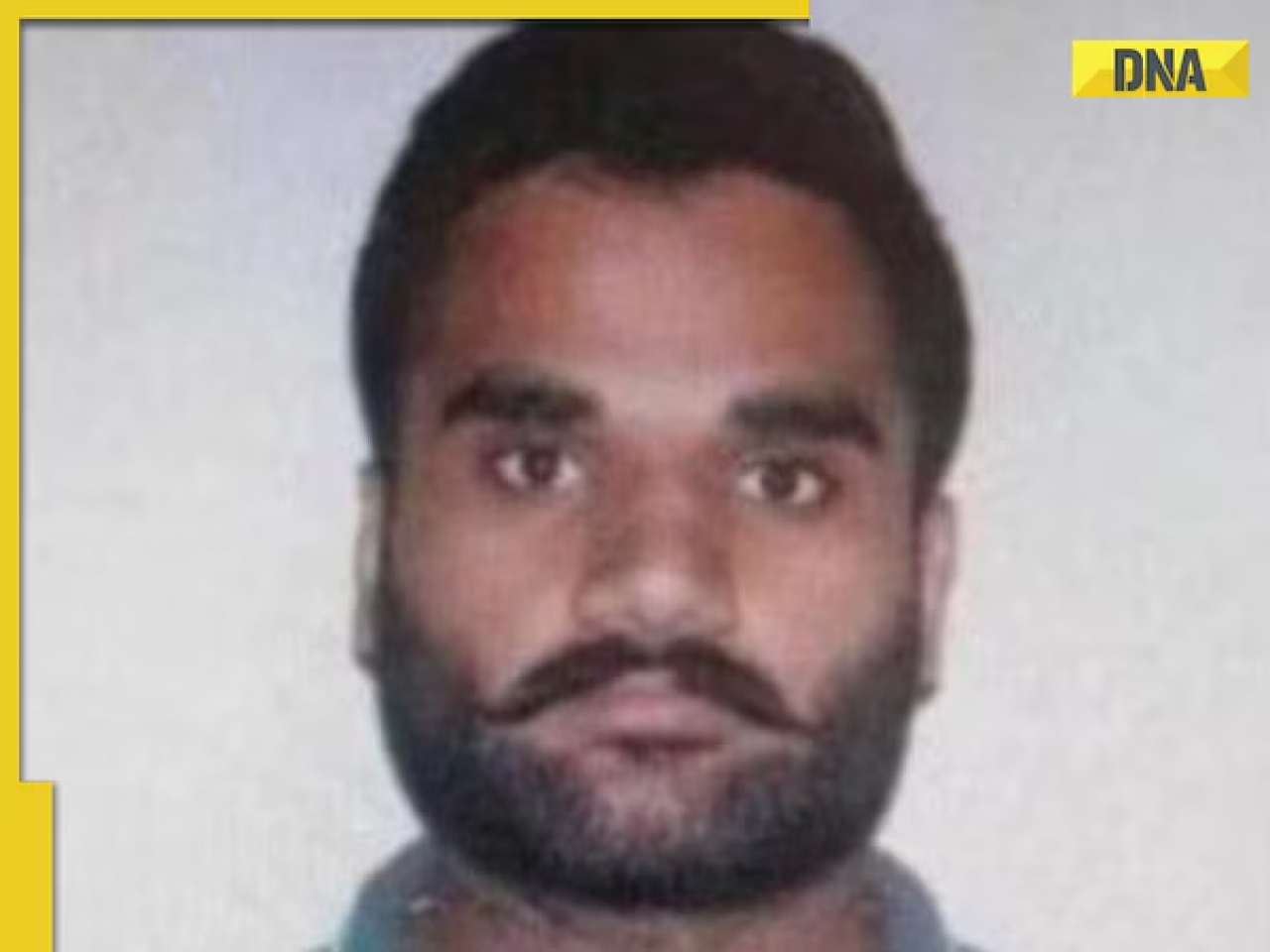





















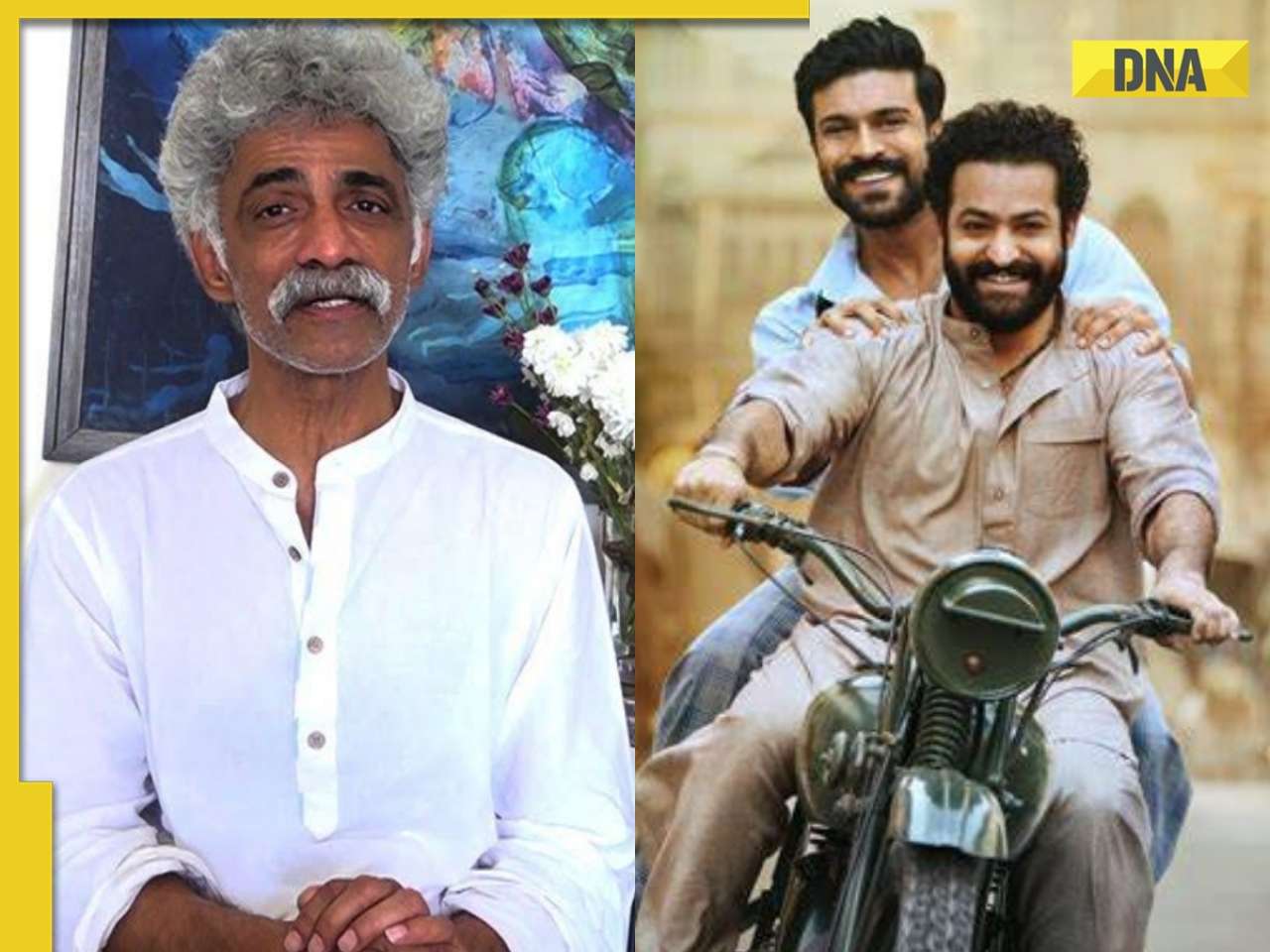
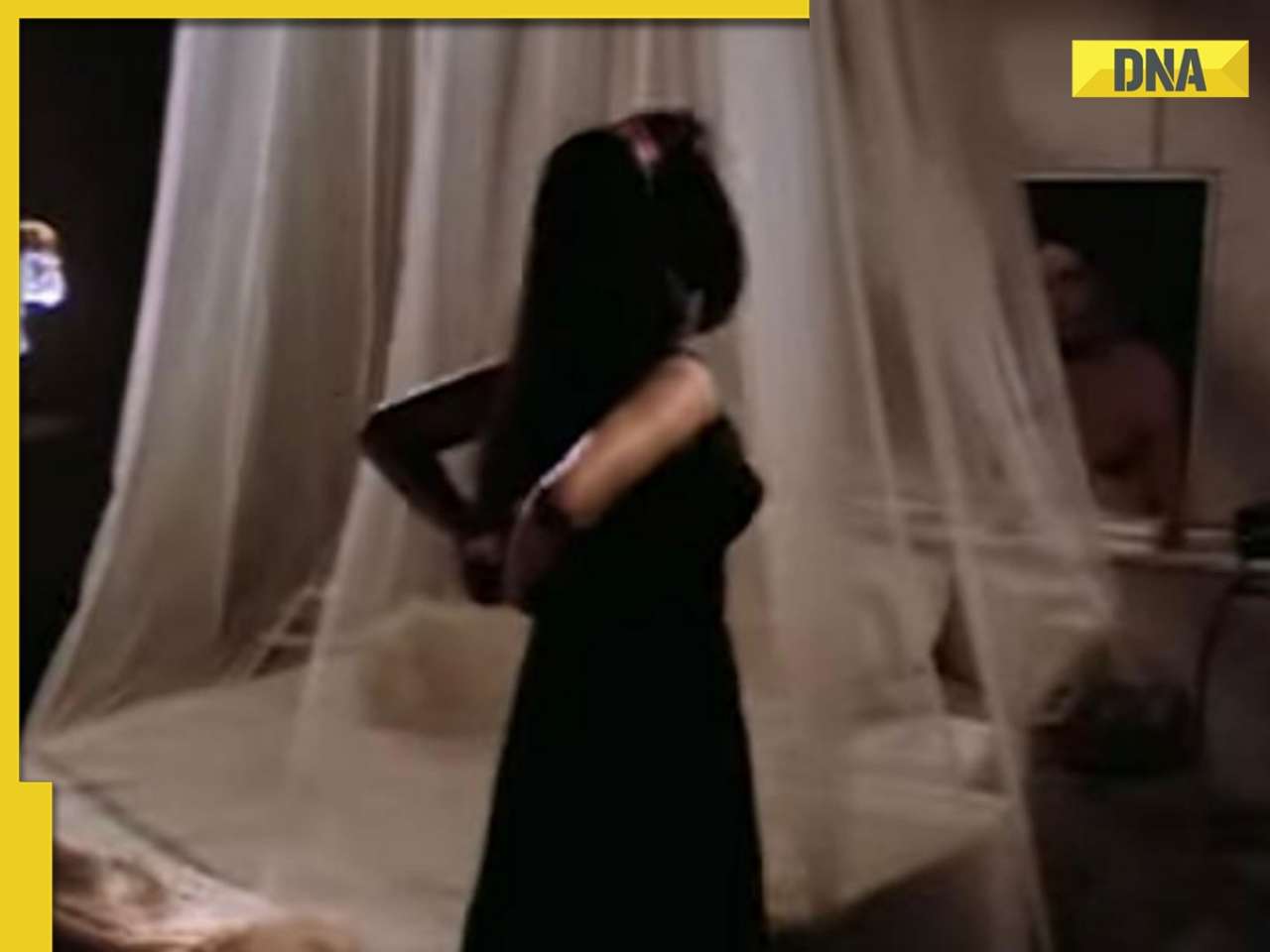

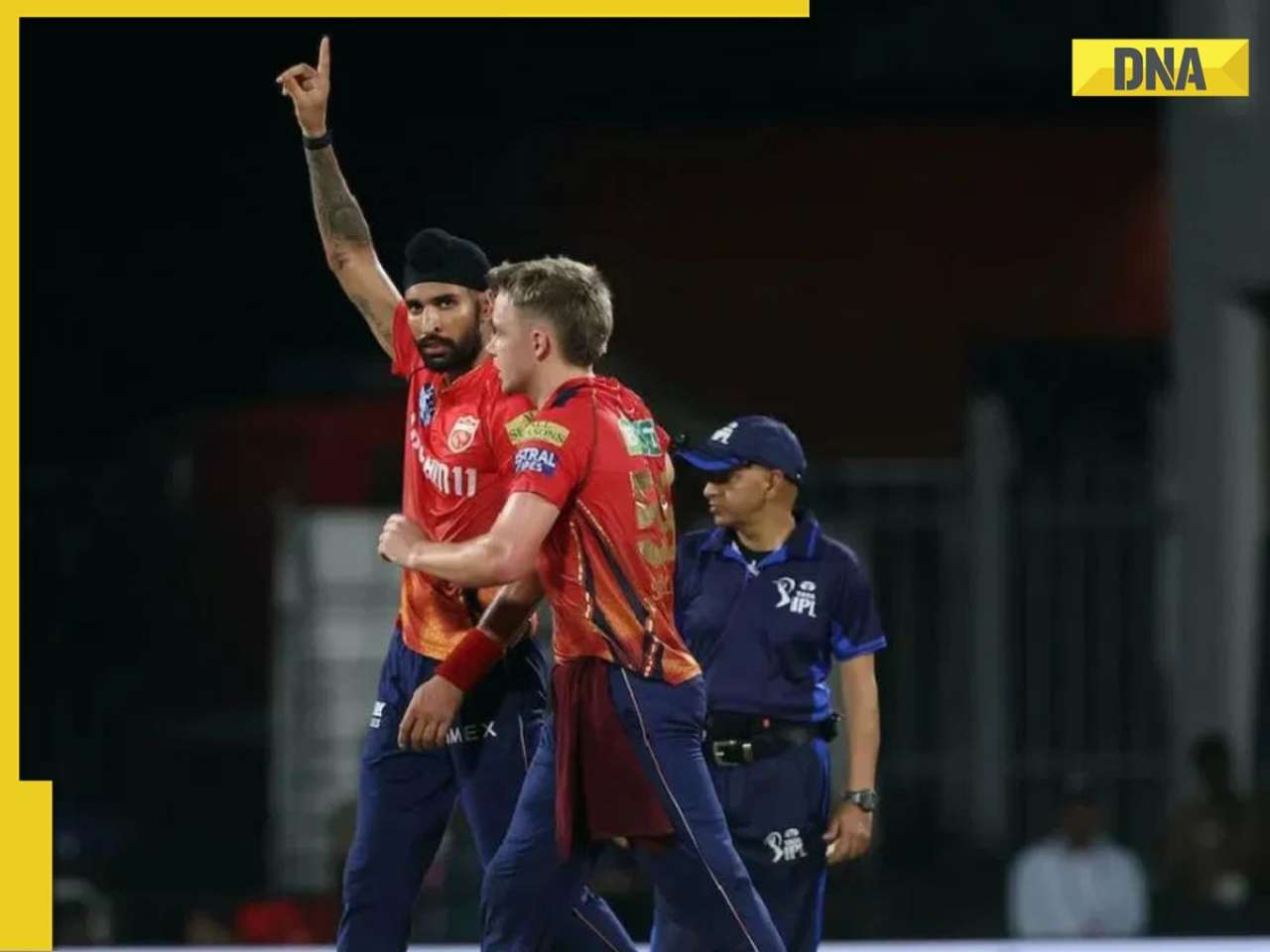

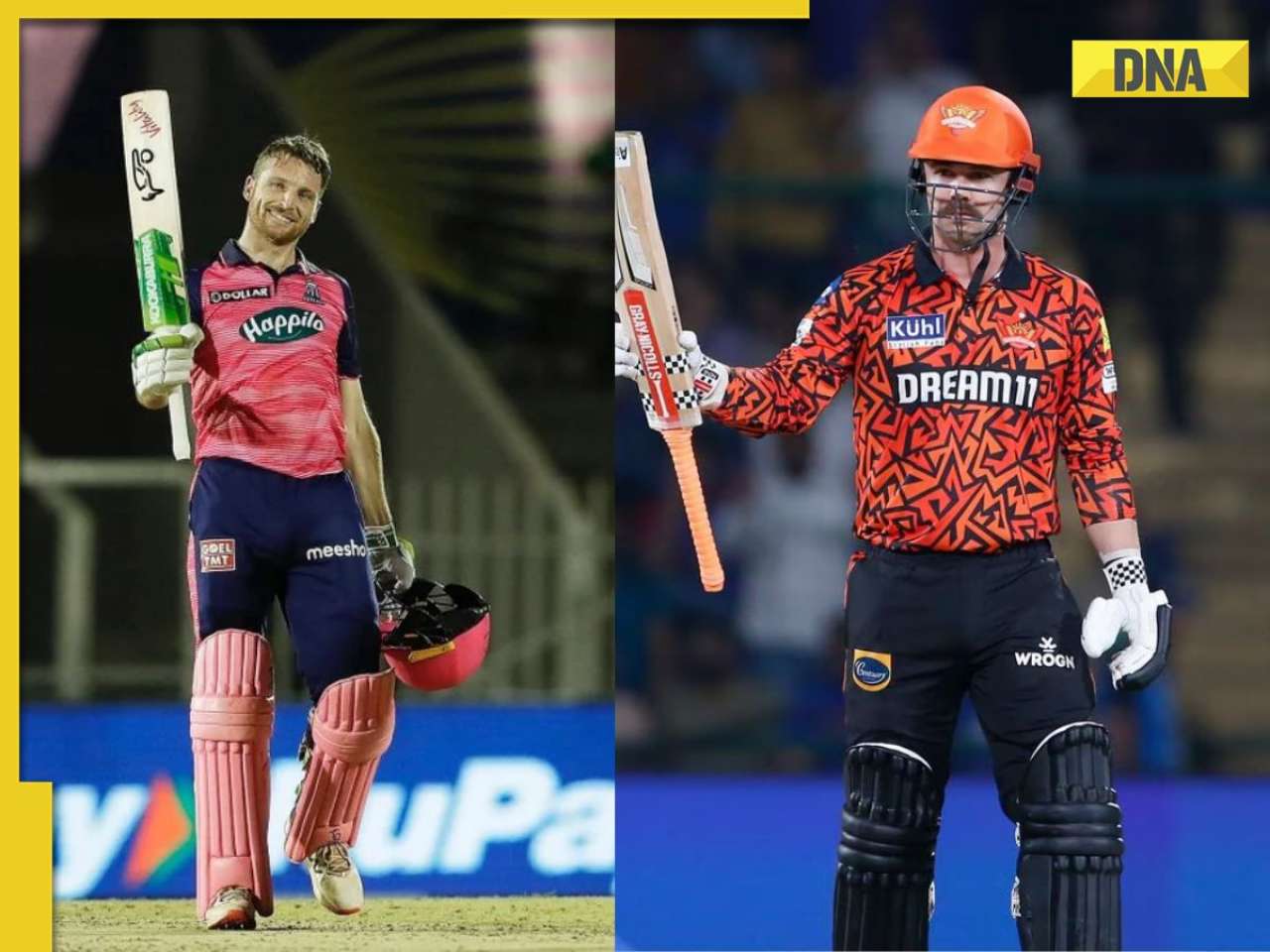
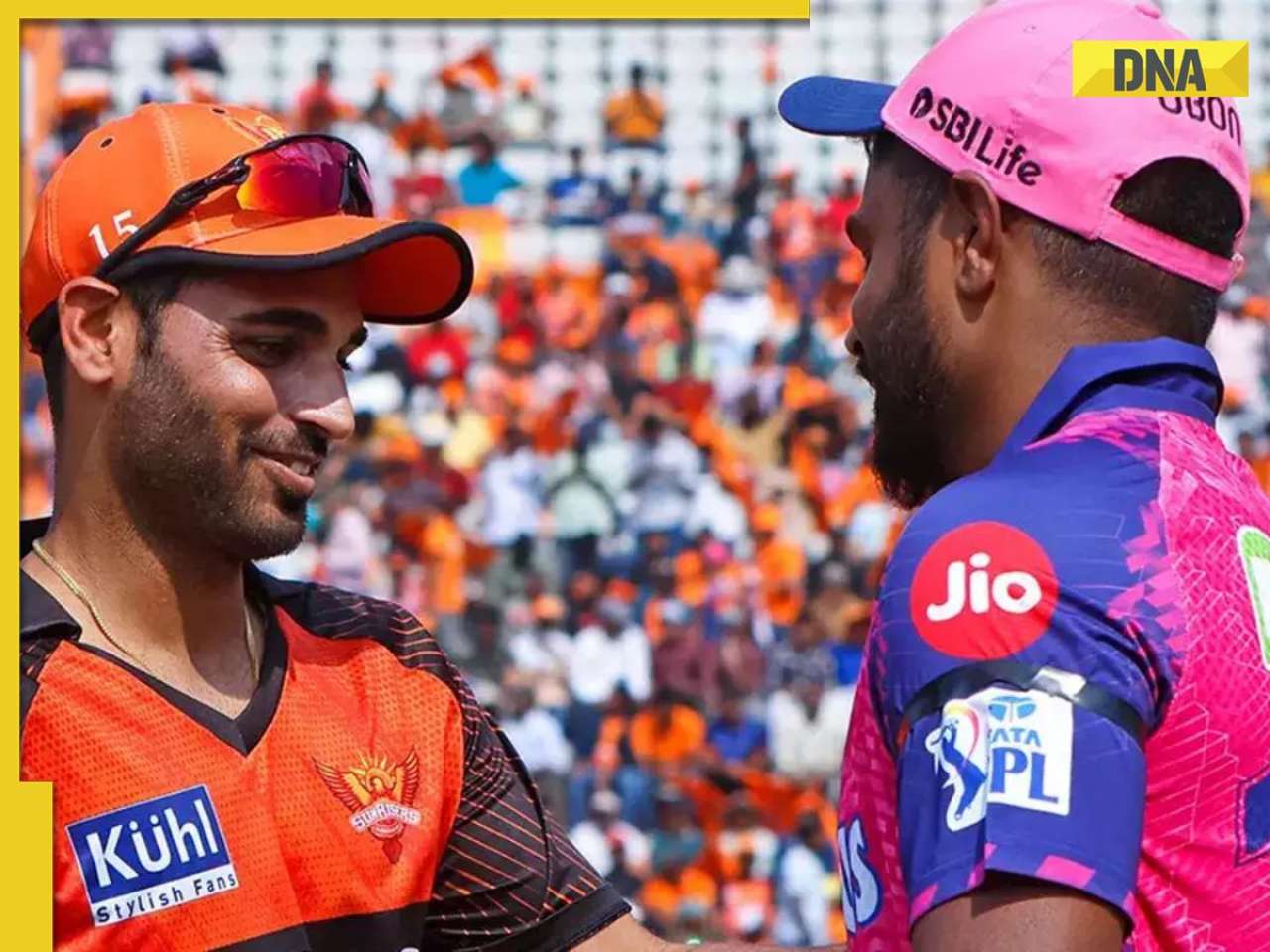












)
)
)
)
)
)